SCADA and Its Use in Battery Energy Storage Systems (BESS)
In today’s rapidly evolving energy sector, Battery Energy Storage Systems (BESS) play a vital role in grid stability, renewable energy integration, and peak load management. But what ensures their efficient, safe, and reliable operation? The answer lies in a powerful control system known as SCADA.
What is SCADA?
SCADA stands for Supervisory Control and Data Acquisition. It is a software-based control system that allows for real-time monitoring, data collection, and automation across industrial operations. Originally used in manufacturing and utilities, Supervisory Control and Data Acquisition has become a critical component in energy systems, particularly in BESS applications.
Core Components of SCADA
- Human-Machine Interface (HMI): Visual dashboards for system operators
- Supervisory System: Central software for data processing and visualization
- Remote Terminal Units (RTUs): Interface devices to collect field data
- Programmable Logic Controllers (PLCs): Execute control actions locally
- Communication Infrastructure: Ensures reliable data flow between components
How SCADA Supports BESS Operations
The use of SCADA in BESS enhances safety, performance, and lifecycle optimization. Here’s how:
1. Real-Time Monitoring
Supervisory Control and Data Acquisition continuously tracks key BESS parameters like:
- State of Charge (SOC)
- State of Health (SOH)
- Battery voltage and current
- Temperature and humidity
- Power inflow/outflow
Operators receive instant alerts on anomalies, enabling quick responses.
2. Remote Control and Automation
With SCADA, operators can control charging/discharging remotely. Automatic triggers can be set based on:
- Load demand
- Time-of-use pricing
- Renewable generation availability
This ensures optimized energy dispatch and cost savings.
Enhancing Safety and Reliability
3. Fault Detection and Alarm Systems
SCADA immediately flags:
- Overvoltage or undervoltage
- Overtemperature
- Communication failures
- Smoke or fire detection
By generating alarms, it helps prevent damage and ensures operator safety.
4. Data Logging and Predictive Maintenance
Supervisory Control and Data Acquisition stores historical data for:
- Performance analytics
- Trend forecasting
- Predictive maintenance
Analyzing long-term patterns helps in scheduling maintenance before failure occurs.
SCADA in Grid-Tied and Off-Grid BESS
Supervisory Control and Data Acquisition is essential whether the BESS is part of:
- Grid-connected systems (for peak shaving, frequency regulation)
- Off-grid systems (microgrids in remote areas)
In both cases, Supervisory Control and Data Acquisition enhances coordination with solar, wind, diesel generators, and load centers.
Integration with EMS and IoT
Modern Supervisory Control and Data Acquisition systems integrate seamlessly with:
- Energy Management Systems (EMS) for optimized energy flow
- IoT sensors for edge-level intelligence
- Cloud platforms for remote access and analytics
This enables smart decision-making across the energy ecosystem.
Conclusion: SCADA Enables Smart, Safe, and Scalable BESS
The use of SCADA in BESS is not just a technical convenience—it is a necessity for scaling clean energy systems. With advanced monitoring, remote control, data analytics, and real-time fault detection, SCADA ensures that battery storage systems operate at peak efficiency, safely and reliably.


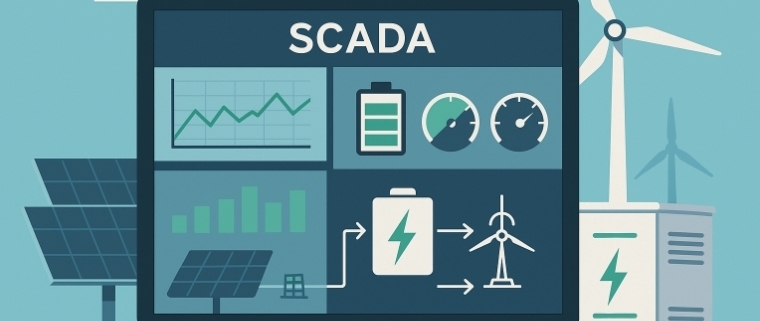
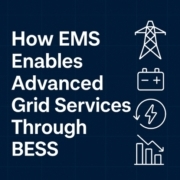
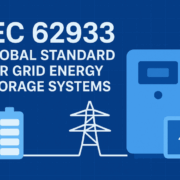
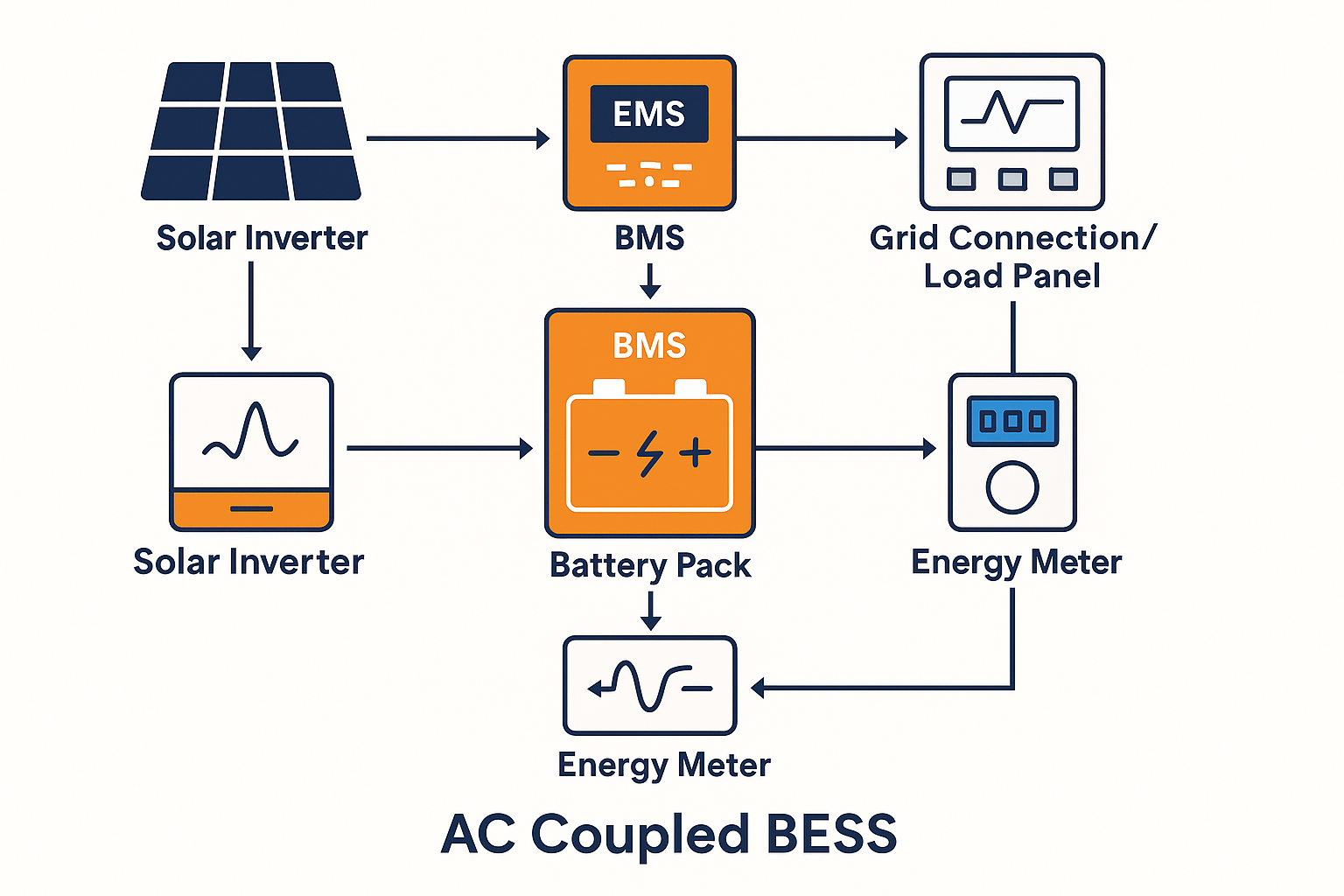


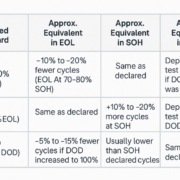
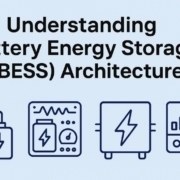
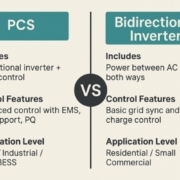


Trackbacks & Pingbacks
[…] Function:SCADA is a centralized software interface that monitors and controls all operational aspects of the … […]
[…] Modern BESS platforms use real-time monitoring tools that integrate with fire suppression systems. This provides: […]
[…] SCADA is like the central nervous system of your energy infrastructure. It allows operators to monit… […]
[…] 📡 SCADA: […]
[…] features refer to the capabilities within a SCADA (Supervisory Control and Data Acquisition) system that allow for effective management of indu…. In the context of BESS, these features […]
Leave a Reply
Want to join the discussion?Feel free to contribute!